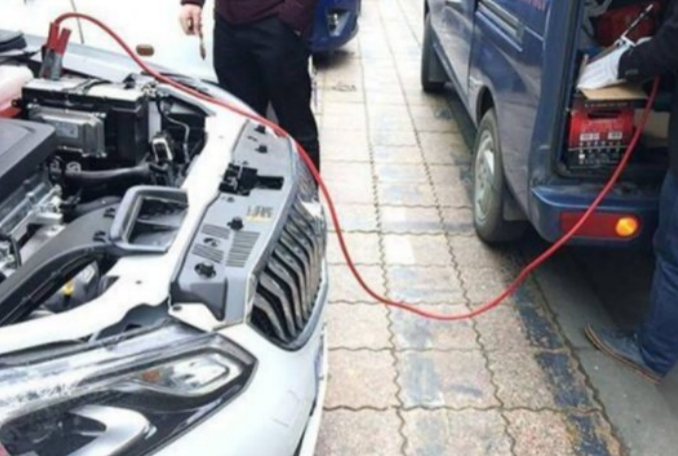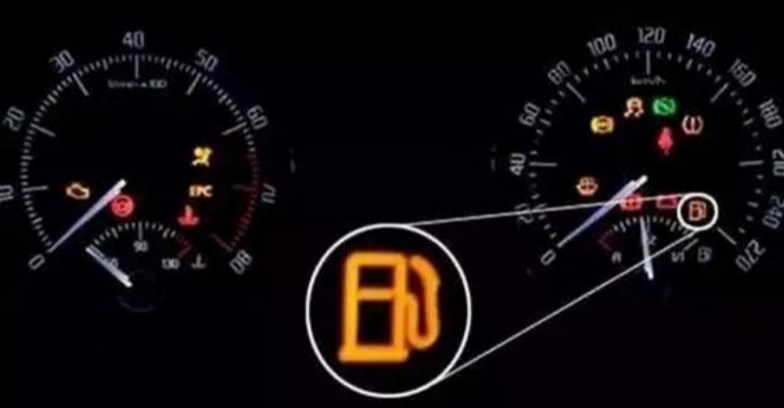
There is a clicking noise when you turn the key, and the car won't start. The clicking noise is the working noise of the relay or the starter motor, indicating the starter motor has responded to the action, but it is unable to drive the flywheel rotation, so it cannot start the car. If there is a clicking noise, the engine cannot start and how do you handle this problem?
1. Use a multimeter to measure whether the voltage of the car battery reaches 12V or above. If the measured voltage is less than 10V, the car cannot be started. However, it should be noted that ignition should not be too frequent, try 2-3 times. If still can't start, the car must stop for about 5 minutes to try again, to avoid leading to external battery loss serious.
2. If the battery is normal, use the multimeter to check whether the terminal of the starter power supply has electricity. If not, it means there is power supply problem in the starting system. It is necessary to check whether the starter wiring is loose, broken, aging, etc. After repair, turn the key again and try to restart.

3. If the starter is electrified but still does not work, it is likely the starter relay fails, check whether the starter relay is burnt (generally located on the fuse box of the engine compartment, you can refer to the instructions on the fuse box). The starter still can work even the ablation of the starter relay, it can also make a rattling noise, but the reduced power capacity makes it unable to start the vehicle when the ignition occurs.
4. If the starting system is normal, it is necessary to check the ignition device. There may be grease on the ignition end of the spark plug, and needs to be removed one by one for cleaning. Follow the above steps can find the reason why the engine won’t start. After eliminating the trouble, you can drive your car normally.
Other reasons why your car won't start
1. The steering wheel is in a locked state. Many drivers have such a habit, after turning off the engine, the steering wheel did not put it right. In this condition, the vehicle goes into sleep state and locks the steering wheel, the key can not be turned and start the car. You can try to turn the steering wheel while turning the key to unlock.
2. The amount of car fuel is insufficient. At this time, due to the abnormal fuel supply in the fuel pump, may also lead to the clicking noise and the car won’t start when you turn the key. Please observe whether the fuel tank gauge reaches its limit, the solution is naturally to replenish fuel.

3. There is a fault in some injectors. If occurs, it is easy to cause the engine to start hard or even unable to start the car. Idling engine wobble is particularly serious, it will not only cause fuel consumption, may also affect the service life of the engine. The solution is to test the nozzle one by one (atomization effect, injection pressure, amount of fuel injection per unit time, etc.), replace the nozzle if necessary, and install a new nozzle that match with the car computer.
4. For the automatic model, when start the car, you must shift the gear to P or N. If put on R or D gear, the car won’t start. Some manual car won’t start even you do not step on clutch. The solution is to put the gear in the correct position and try to step on clutch before turning the key.
When your car won’t start, you can try to wait for a while and then turn the key. Because the starting current instantaneous up to 300-500a (the average is 100-200A), the battery current has serious loss after attempting to restart the car for many times. As a result, the battery can’t supply enough power to restart the car, you should try agin after 3-5 minutes interval.
 James Smith
James Smith  October 11, 2020
October 11, 2020